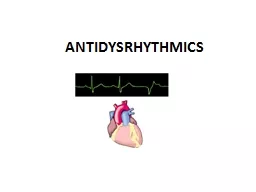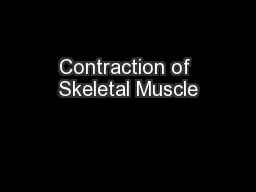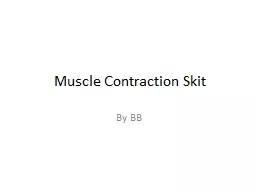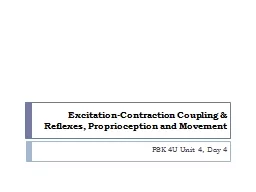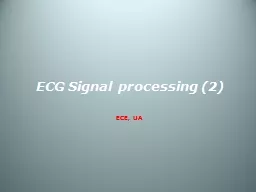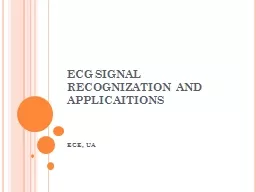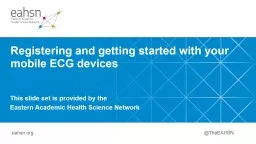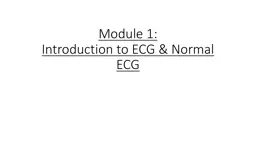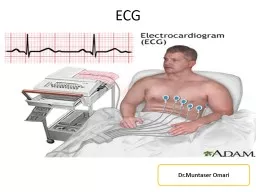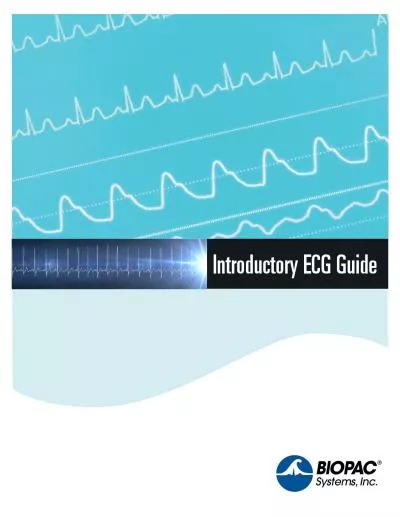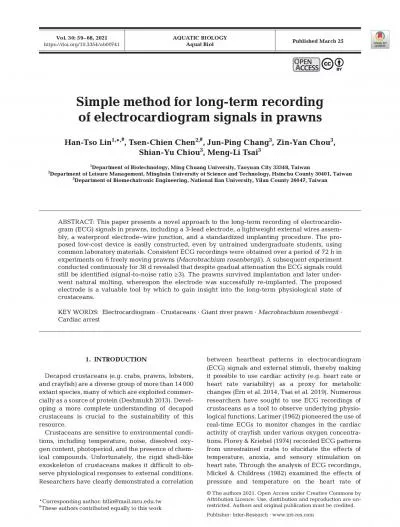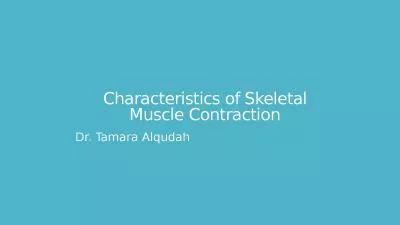PPT-ANTIDYSRHYTHMICS ECG Contraction of atria
Author : boyplay | Published Date : 2020-06-13
Contraction of ventricles Repolarization of ventricles Cardiac Arrhythmias result from disorders of impulse formation conduction or both Causes of arrhythmias
Presentation Embed Code
Download Presentation
Download Presentation The PPT/PDF document "ANTIDYSRHYTHMICS ECG Contraction of atri..." is the property of its rightful owner. Permission is granted to download and print the materials on this website for personal, non-commercial use only, and to display it on your personal computer provided you do not modify the materials and that you retain all copyright notices contained in the materials. By downloading content from our website, you accept the terms of this agreement.
ANTIDYSRHYTHMICS ECG Contraction of atria: Transcript
Download Rules Of Document
"ANTIDYSRHYTHMICS ECG Contraction of atria"The content belongs to its owner. You may download and print it for personal use, without modification, and keep all copyright notices. By downloading, you agree to these terms.
Related Documents

